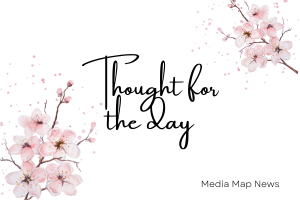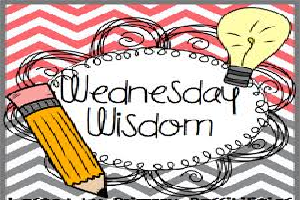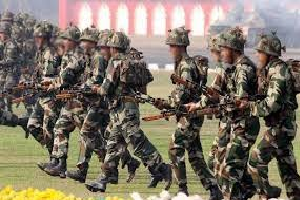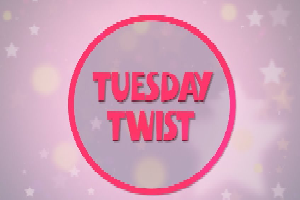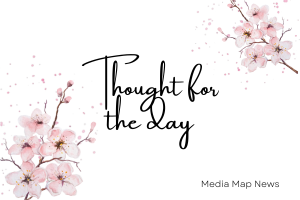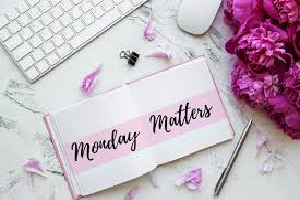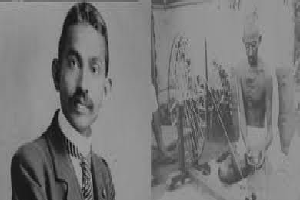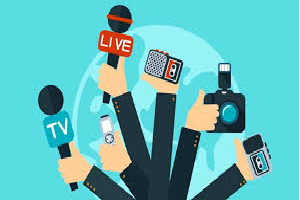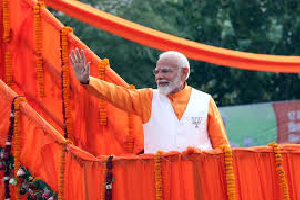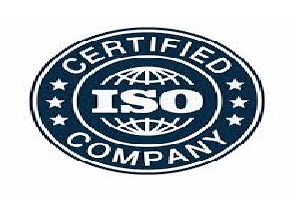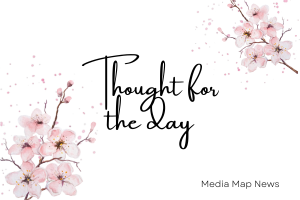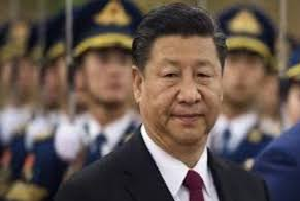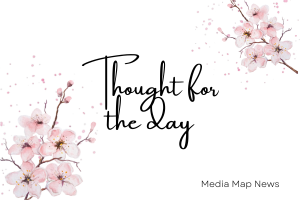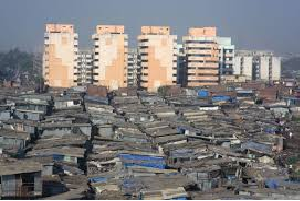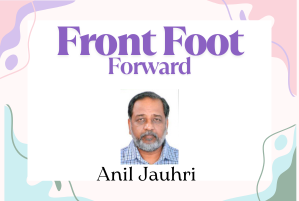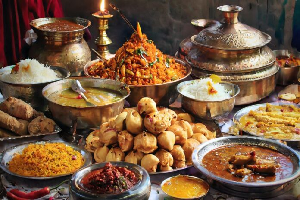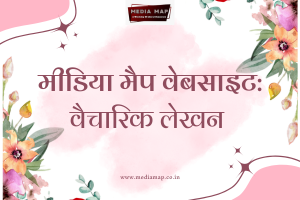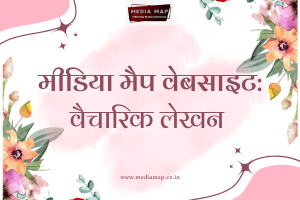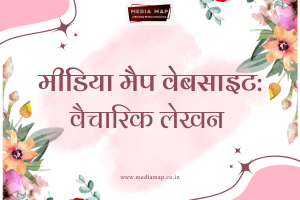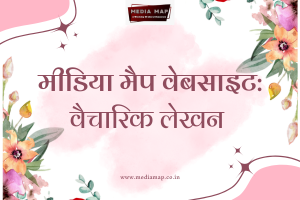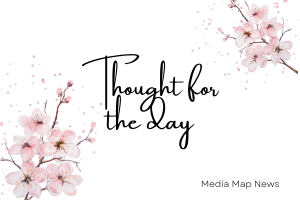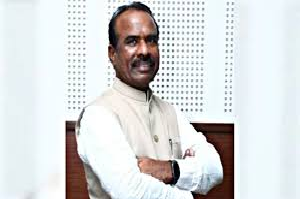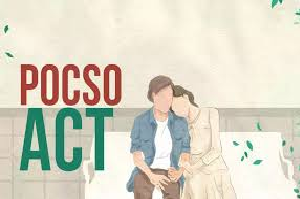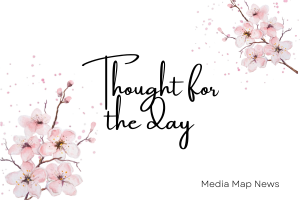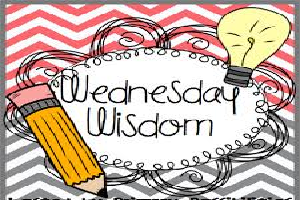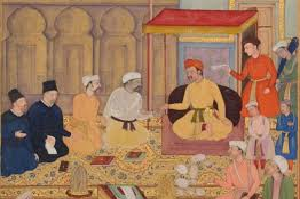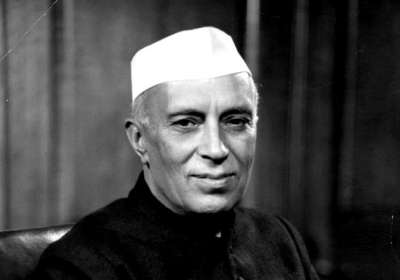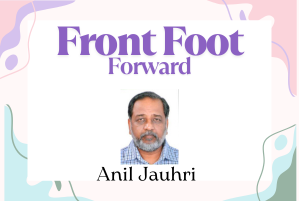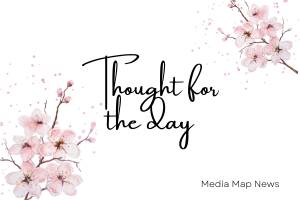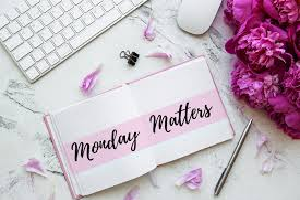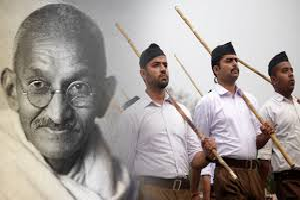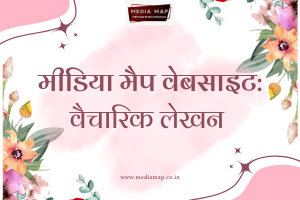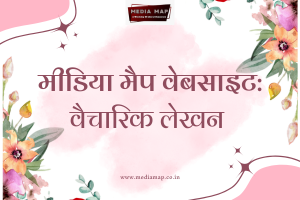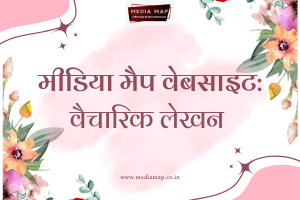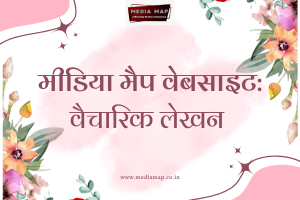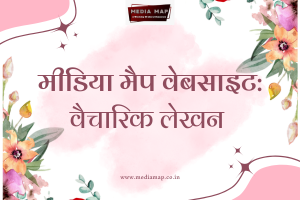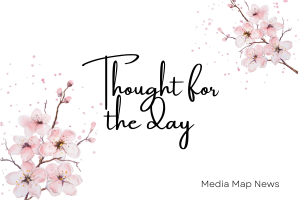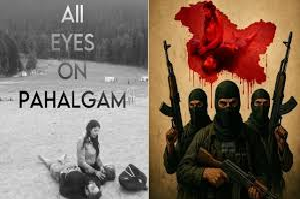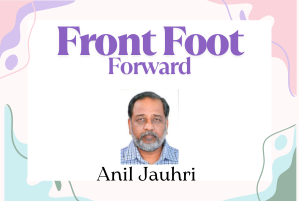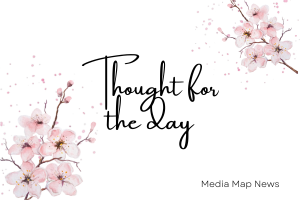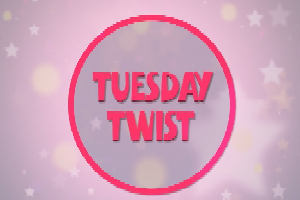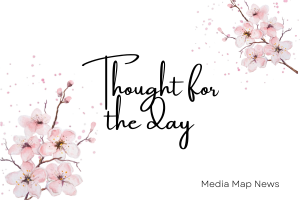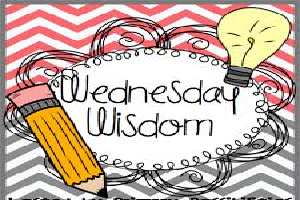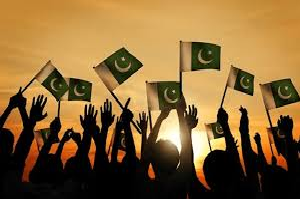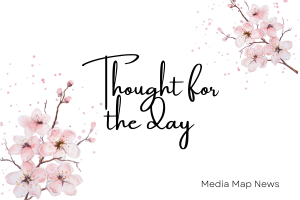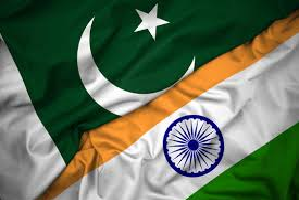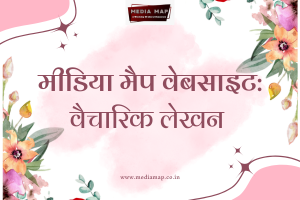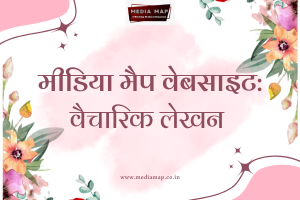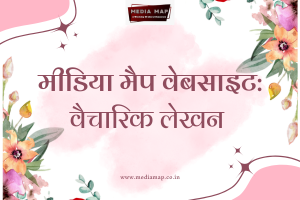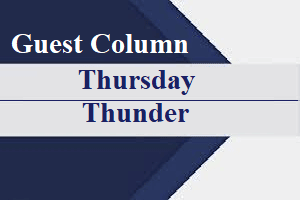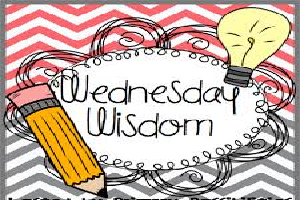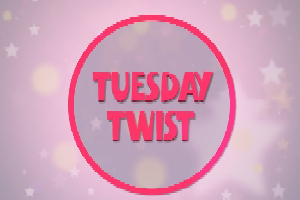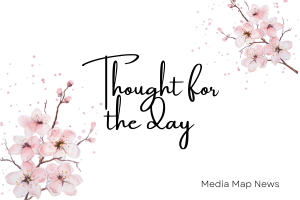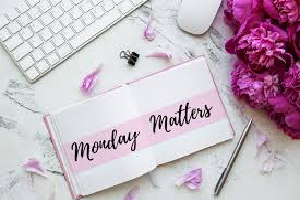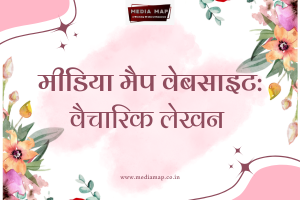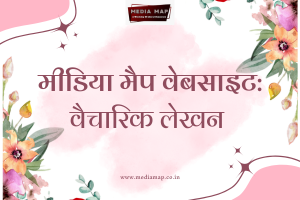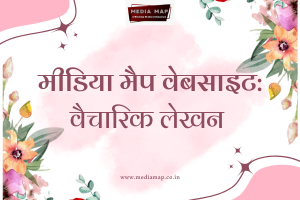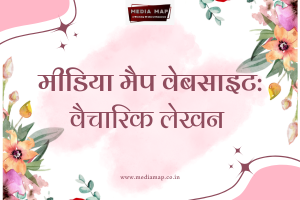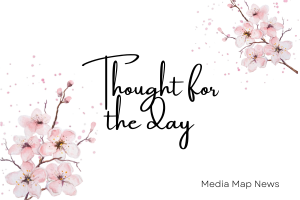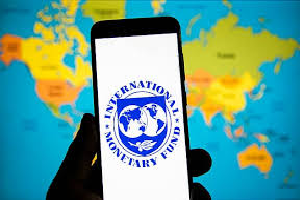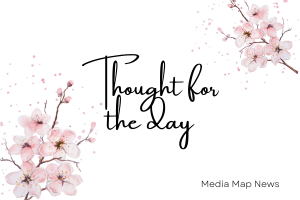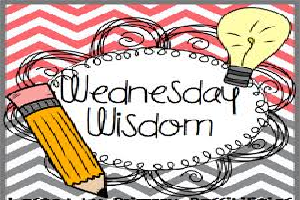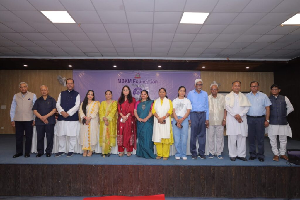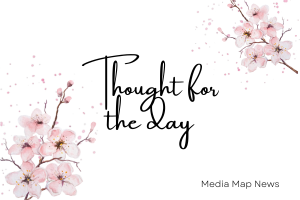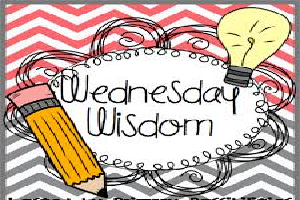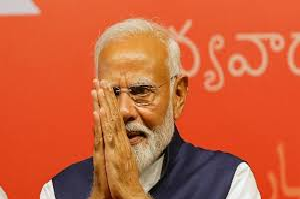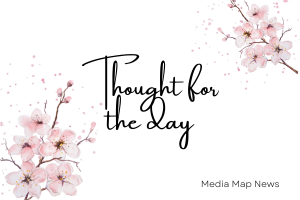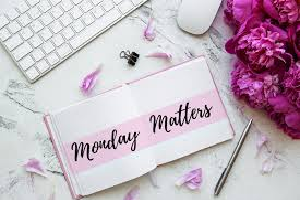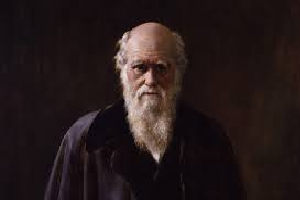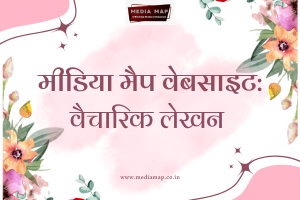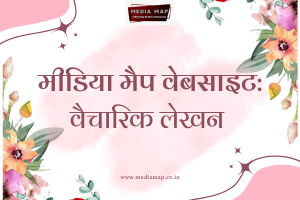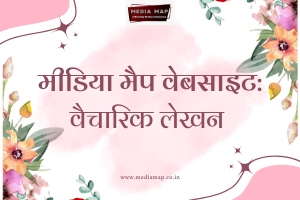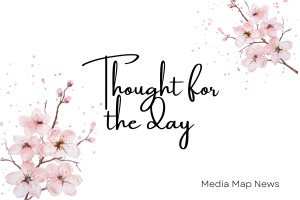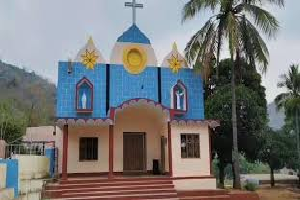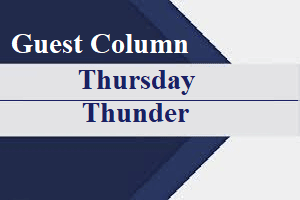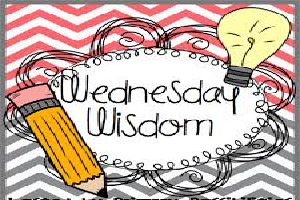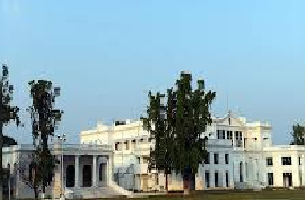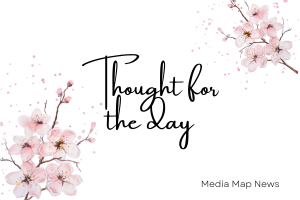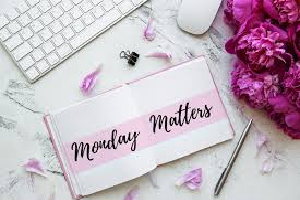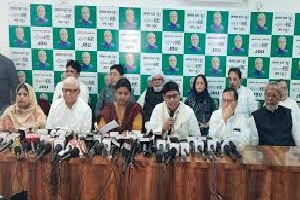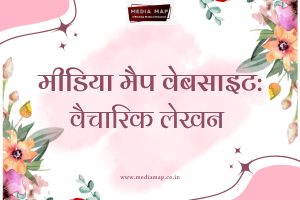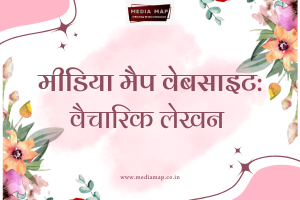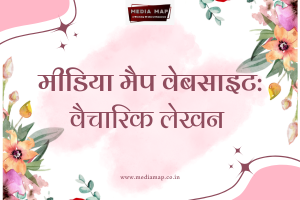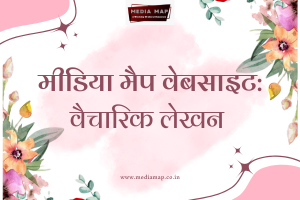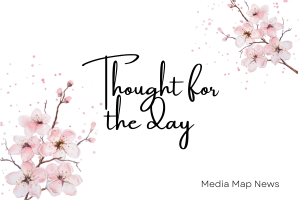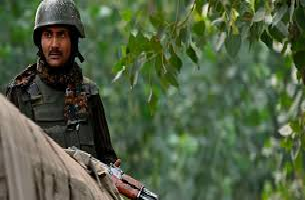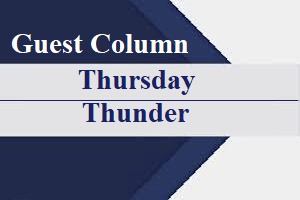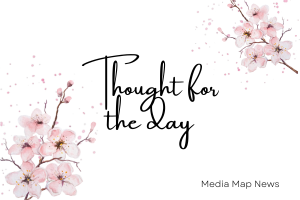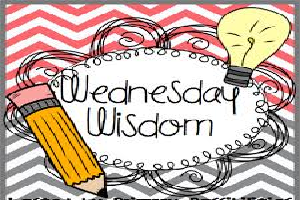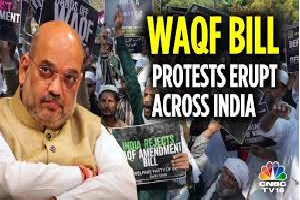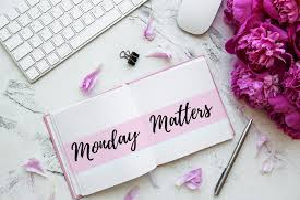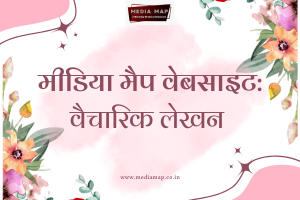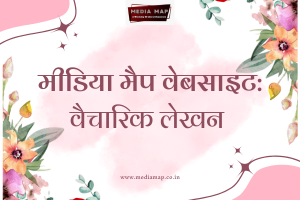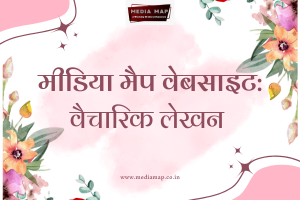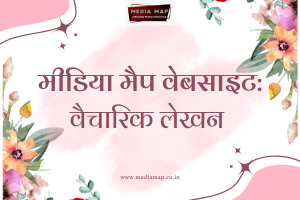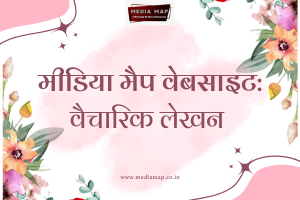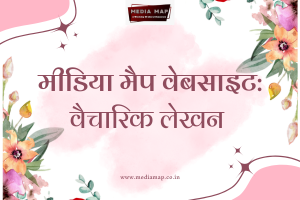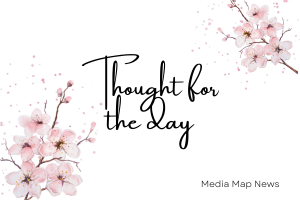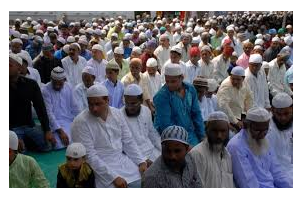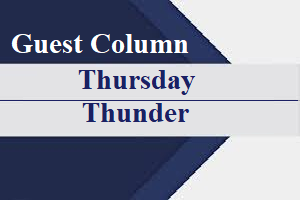21

Today's Edition
New Delhi, 21 November 2023
Me, Media and Media Education
Writer:Pradeep Mathur
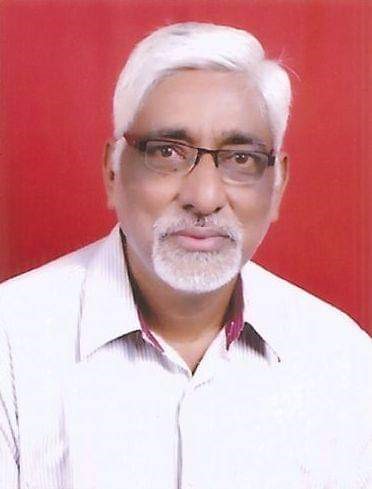
Despite a lifetime in media I often find it difficult to figure out what a typical journalist is like. Let me make an attempt to do so. On the positive side journalists are frank, focused, to the point, bold and assertive. They also have, what famous editor, Padma Bhushan R Madhavan Nair, used to tell us, a capacity for quick reaction. On the minus side, a journalist is indecently inquisitive, impolite, irreverent, and unpolished. More than anything else he is a non-conformist.
Not many people have a good opinion of a journalist. They think journalists are petty and mean and even vain and boastful. They also feel that a journalist is dishonest and irresponsible and can be blamed for much that is going wrong around us. However, they concede that journalists are important and would like to befriend them and make use of their contacts.
On their own journalists are by and large friendly creatures. They can get on well with you irrespective of your status or vocation. They are warm and affectionate and can be helpful to you if you are in a crisis. Yet having a journalist as a friend is just like dating a girl. However, nice and sweet your date is, you end up with a feeling of being outsmarted.
Since I come from the old stock I do not think myself to be a specimen of the modern media tribe of over-assertive journalists. Yet when I look back I get a feeling that many of the basic traits of a journalist have more or less remained the same in the past 50 years or so. As a journalist I interacted with the high and mighty of the land in my time as the tribe of political reporters was small and big guns were more accessible. However, this exposure and the “basic traits” did not help me as and when I found myself in a business-like situation. Modern-day journalists are more focused on their self - interest. They know much better how to promote themselves than I or journalists of my generation ever knew.
My initiation into media academics was one such situation whose potential I could not understand at first. It all started without notice. Working as a freelance journalist in Delhi after my stint as Resident Editor of the Pioneer in Lucknow I was doing a weekly programme for the National Channel of All India Radio by the name of This Week. According to the format of the programme the Station Director would select a topic and I had to write a commentary and interview four eminent persons of that area. The topic of the week related to media and among the eminent persons I selected was famous journalist-writer Khushwant Singh and Dr. J.S. Yadav, newly-appointed Director of Indian Institute of Mass Communication( IIMC),the country’s most prestigious media school. Both of them gave me a bit of pleasant surprise. As I was interviewing Khushwant Singh a pretty baby girl came and climbed on to his lap. Khushwant Singh told me “You are a Mathur meet my little Miss Mathur. Then I knew that Khushwant Singh’s daughter was married to a Mathur gentleman.
Dr Yadav was a friend and we were very happy when he was elevated from the professorship to be the Director of IIMC. After I finished recording him, out of the blue Dr. Yadav asked me if I would be willing to join IIMC as an Associate Professor. I was taken aback. I thought it was a joke. But then having known Dr. Yadav for years as a serious-minded person I asked him how it could be. I had no experience of research or teaching and then having been an independent-minded journalist I was temperamentally unfit for a government job that required reverence of seniors even if they were congenital fools.
Dr. Yadav listened to me with his characteristic patience. Then said that my professional experience was as good as research experience and IIMC job was no government job and like a university teacher I could even participate in political activities if I so liked. Fine, I said, but what about teaching. I have no experience of it. And moreover, I have not been through any media school because in my student days there was none in north India. Dr Yadav said he wanted me not so much for teaching as for editing Communicator, the quasi research journal of IIMC, which was languishing for want of a professional hand. Now a little assured, I started considering the pros and cons of joining IIMC. Editing Communicator was fine but what if they asked me to teach a class? To see somebody’s edited copy or report and tell that person about mistakes and shortcomings in it was all right. But how can you teach editing and reporting to a whole class, I asked myself.
My only serious exposure to media education till that time was through my friend K.M. Shrivastava, an IIMC alumnus (later an IIMC Professor). As special correspondents, we will meet regularly in PIB and Parliament House, and Munshiji, as we called him, will often frighten me with talk of subjects like world information flow, non-aligned news pool, and Cancun Declaration. These were the subjects I was interested in but had no academic knowledge about.
If Munshiji, who was just a student of IIMC, knew so much about these issues the professors will be a lot more knowledgeable. Will I not look like a fool among these eminent professors, was the thought in my mind at that sultry afternoon.
On way back home I thought if I join IIMC the best strategy for me would be to edit Communicator, do some quick academic reading for lunchtime discussion and never to take a class where there would be the danger of getting exposed.
My young friends and family members will find it difficult to understand my reticence. They do not know that born around the time India got Independence me and most of my contemporaries lacked the confidence of the present-day generations when you can offer yourself to be the chairman of the Atomic Energy Commission even though you may not even have heard the name of Albert Einstein.
Therefore, when I joined IIMC in August 1989 the first thing I did was to get some books like those of Marshal MacLuhan and Sean MacBride issued from the library and start bridging my knowledge gap about the basics of media academics. My wife, a college principal, who had hardly seen me doing any academic reading, was suitably impressed. However, she joked that had I done such serious reading before I would have been a professor at some American University by now.
Busy with bringing Communicator on the line, reviving Sanchar Madhyam, and overseeing computerization of IIMC printing press I could avoid taking classes for some time. But I soon ran out of luck. I was asked to interact with a batch of PIB officers and discuss magazine production with them. Then I was also asked to talk to the current batch of foreign journalists from Afro-Asian countries attending the development journalism course at the invitation of Ministry of External Affairs. I could not refuse as I had written a book on non-aligned movement which was released by the then Prime Minister Mrs Indira Gandhi and the Director knew this.
Coping up with this “interaction” and “talk to” was all right as I was slowly getting acclimatized to IIMC. But then IIMC had its own faculty politics. Many people were not happy at a rank outsider joining IIMC and being assigned important jobs. They were envious of my social status as a journalist, my contacts with political leaders and bureaucrats and my proximity to the Director. A whispering campaign started against me. However, those doing it had a problem. They could find nothing against me. And then my life had been too transparent and I was too well known in media circles that it was difficult for anybody to make a false allegation against me and get away with it.
The leader of the faculty colleagues running a whispering campaign against me was Prof M.R. Dua, my predecessor as course director of English journalism. Prof Dua did not want me to be in IIMC and he wanted to block my selection in the interview board. He was head of journalism without any background of working in any good periodical or newspaper. Therefore, he would get scared when any genuine journalist would come on IIMC faculty. Two senior journalists had been his victims. But he found me to be a hard nut to crack as I had been a political correspondent and was also a law graduate.
One day Prof Dua called me to his room and pointed at an open steel rake full of dusty papers and reports and told me that he was getting it shifted to my room as it had matter relevant for possible use in Communicator. Then he told me that there is a convention in IIMC that the person who edits Communicator also teaches the history of the press to students.
Now I was in real trouble. How could I teach the history of the press when I did not even know who brought out the first newspaper in India and when. Starting as a trainee journalist in 1966 I could become a sub-editor, chief sub, news editor, special correspondent, assistant editor, parliamentary correspondent, magazine editor, resident editor, and editor without having to bother about the history of the press. And now I had to learn this and also to tell this to my students—the best students of mass communication in India.
The thought was chilling. But I was determined not to let Mr. James Augustus Hackey spoil my hard-earned reputation as a mediaperson. And thereafter it was no more “interaction “and “talk to”. It was plain tough teaching in which I found myself immersed. After a few years, one day I asked the Director as to what was the rationale behind the IIMC tradition of the Editor of Communicator teaching the paper on the history of the press. Dr. Yadav looked at my face in askance and then said: “There has never been any such tradition. Dua either did not want to teach the paper or thought that you would not be able to teach it.”
Later I slowly learnt that such petty politics was part of media education.
